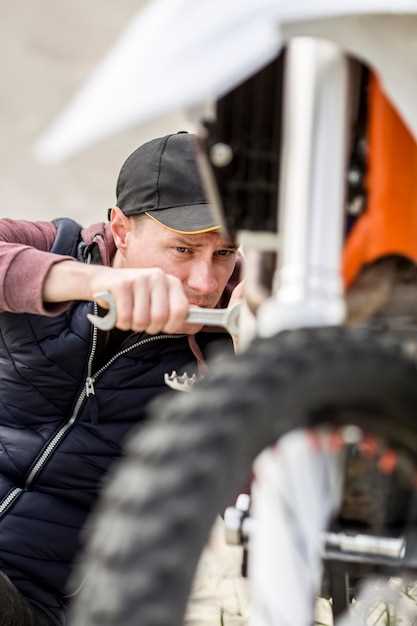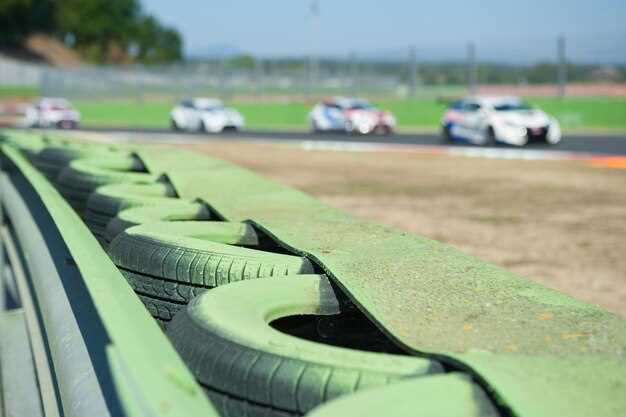
The suspension system of a rally car plays a crucial role in determining its overall performance on diverse terrains, from gravel to snow and tarmac. A well-engineered suspension maximizes traction, enhances stability, and improves handling, which are all essential attributes for navigating the challenging conditions of rally racing. Without optimal suspension settings, even the most powerful engines can struggle to deliver competitive results.
Suspension geometry, spring rates, and damping characteristics are key factors that influence how a rally car interacts with the road. A suspension system that is too stiff may lead to reduced grip over uneven surfaces, while a system that is too soft can result in excessive body roll and loss of control. Finding the right balance is imperative for drivers who need to swiftly respond to unpredictable environments while maintaining speed and efficiency.
Moreover, the performance of a rally car is not solely determined by the driver’s skill but also heavily influenced by the characteristics of the suspension. Adjustments to the suspension can transform a vehicle’s dynamics, allowing it to adapt to varying conditions encountered during a rally stage. Understanding the impact of suspension on rally car performance is essential for engineers and drivers alike, as it directly correlates to success in competitive motorsport.
How Suspension Geometry Affects Handling in Rally Conditions

Suspension geometry is a critical factor that directly influences the performance of rally cars in various terrains. The design and arrangement of suspension components affect how a vehicle interacts with the ground, leading to significant differences in handling characteristics.
One of the key elements of suspension geometry is the alignment of the wheels. A correct camber angle ensures that the tires maintain optimal contact with the surface, enhancing grip during cornering. In rally conditions, where surfaces can be loose or uneven, having the right camber setup allows for better traction and stability, crucial for high-speed cornering.
Moreover, the caster angle plays a vital role in steering precision. A positive caster angle can improve straight-line stability and help the driver maintain control during fast descents and sharp turns. This feedback is essential in rally racing, where quick adjustments are often needed to navigate challenging sections of the course.
Another aspect to consider is the roll center of the suspension system. The height and position of the roll center affect the vehicle’s body roll during cornering. A lower roll center can reduce body roll, allowing the car to stay flatter and maintain better grip on the road surface, which is particularly advantageous in rally stages filled with tight corners and sudden elevation changes.
Moreover, the suspension’s relationship to the wheelbase length can alter the car’s overall handling behavior. A shorter wheelbase can enhance maneuverability, making it easier to navigate through tight rally stages. However, it may compromise stability at higher speeds. Therefore, the balance between wheelbase length and suspension geometry must be carefully calibrated to achieve optimal performance across different rally conditions.
Ultimately, the precise tuning of suspension geometry, including parameters like camber, caster, and roll center, significantly impacts a rally car’s handling dynamics. This tuning must consider the specific demands of rally racing, where surfaces and conditions can vary dramatically, ensuring that the car remains agile and responsive throughout the race.
Optimizing Suspension Tuning for Various Rally Surfaces
Suspension tuning plays a crucial role in maximizing performance for rally cars, especially given the diverse range of surfaces encountered during events. Each surface–whether gravel, tarmac, mud, or snow–demands specific adjustments to the suspension system to maintain optimal grip and control.
On gravel surfaces, a softer suspension setup is often preferred. This allows the car to absorb the irregularities of the terrain while providing better traction. The shock absorbers should be tuned to allow more compression, helping the tires maintain contact with the ground. Additionally, increasing the ride height can prevent bottoming out and improve approach and departure angles.
In contrast, tarmac surfaces require stiffer suspension settings. This adjustment minimizes body roll during high-speed cornering, enhancing stability and precision. The damping rates are typically increased to provide better feedback from the road, allowing drivers to push the limits of their vehicles without sacrificing control.
Muddy conditions pose unique challenges in suspension tuning. A balanced approach is necessary to avoid excessive wheel spin while maintaining traction. Adjusting the suspension’s rebound settings can help the tires stay engaged with the surface, preventing them from digging excessively into the mud.
For snow and ice, the tuning focuses on increasing suspension travel and employing softer settings to allow for better handling. This setup aids in mitigating the effects of low grip, while also providing the driver with a more forgiving ride over slippery surfaces. Additionally, incorporating specialized tires and setting appropriate camber angles can further enhance performance in these challenging conditions.
Ultimately, the key to optimizing suspension tuning lies in thoroughly understanding each surface’s characteristics and how they affect vehicle dynamics. Continuous testing and fine-tuning based on feedback from drivers are essential to achieving the best performance across all types of rally environments.
Evaluating Suspension Components for Enhanced Durability and Performance

In rally racing, the suspension system plays a pivotal role in determining a car’s performance on diverse terrains. To maximize performance and durability, careful evaluation of suspension components is essential. Key elements include shock absorbers, springs, and bushings, each contributing differently to handling and stability.
Shock absorbers are critical for controlling the rebound and compression of the suspension. High-quality, adjustable shock absorbers allow drivers to fine-tune settings based on the specific surface they encounter, ensuring optimal traction and control. Selecting components that withstand the rigors of rally environments–such as extreme temperature variations and rough terrain–is vital for durability.
Springs influence the vehicle’s ride height and weight distribution, impacting handling characteristics. In rally applications, using progressive rate springs can enhance vehicle dynamics by providing a softer initial response for comfort and a stiffer response under load for performance. Evaluating materials and construction methods will also contribute significantly to the longevity of these components in demanding conditions.
Bushings serve to isolate vibrations and maintain proper alignment between moving parts. Upgrading to higher durometer polyurethane bushings can improve responsiveness and longevity compared to stock rubber alternatives, reducing wear and ensuring tighter handling. The selection of bushings should consider both performance enhancement and resistance to environmental degradation common in rally racing.
In conclusion, a thorough assessment of suspension components–shock absorbers, springs, and bushings–can lead to significant improvements in a rally car’s durability and performance. Each element must be carefully selected based on its ability to withstand the harsh conditions of rally racing while providing the necessary responsiveness to enhance driving dynamics.



